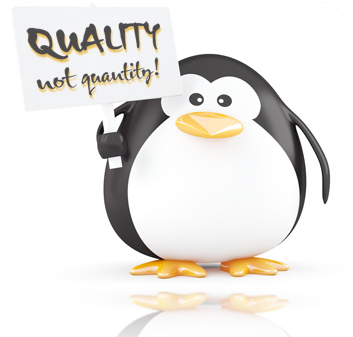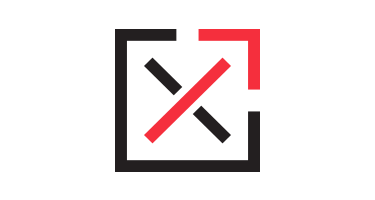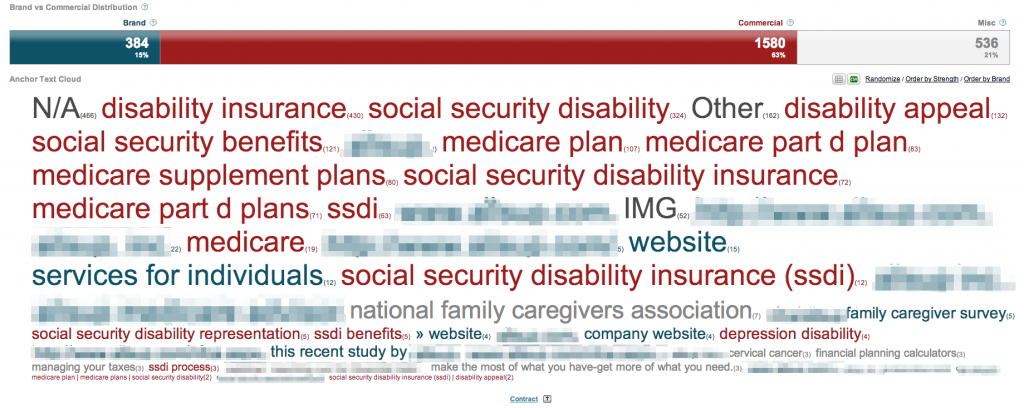If your website’s rankings and traffic have plummeted after Google released their Penguin 2.0 update, then there’s a good chance your site has a low-quality backlink profile, loaded with spammy links. Why I say this you may ask? Google Penguin’s sole purpose is to fight webspam, and decrease search engine rankings of websites that violate Google’s Webmaster Guidelines by participating in link schemes (or black-hat SEO).
 Image credit: Apex Pacific
Image credit: Apex Pacific
So, you may ask yourself, how can I easily tell if my website/domain has a low-quality, spammy backlink profile? Well, in order to do this you need to analyze your domain’s inbound link profile by conducting a backlink analysis using the one and only cognitiveSEO tool set. There’s no other backlink analysis software out there that presents backlink data the way cognitiveSEO does. CognitiveSEO includes easy-to-read charts, graphs, and other interactive visualizations that simplify your backlink research process, essentially increasing productivity. Let me demonstrate how to easily identify low-quality, spammy backlink profiles using cognitiveSEO.
For my demonstration, I will be using a domain of one of my clients’ (which I’ll be keeping anonymous). The domain was hit hard by Penguin 2.0, and clearly has a spammy, low-quality backlink profile. The firm that was handeling their SEO prior to Clix had engaged in numerous black-hat SEO tactics, essentially filling their backlink profile with spammy, unnatural links, and now Clix has been forced to begin cleaning up house.
The three link metrics that I focused on to determine that my client’s domain was hit by Penguin 2.0 included webpage type, PageRank, and anchor text distribution: three metrics that every webmaster should consider.
Below is a cognitiveSEO’s Link History Chart, which can be filtered by Daily New/Lost Links, Link Velocity, Live/Lost Links, NoFollow/DoFollow, Text/Image/Redirect, Webpage Type, Link Positioning, and Website Category. For this example, I filtered the Link History by webpage type. As you can see, majority of the backlinks pointing to this domain are coming from web directories (not Penguin-friendly and very unnatural). This was the first indication that the domain was hit by Penguin 2.0.
cognitiveSEO Link History Charts (2): filtered by Webpage Type
Penguin victim indicator: majority of links are coming from web directories
1
Click for larger view
2
Click for larger view
Next, let’s take a look at the PageRank distribution of the referring domains. In general, you want your website’s backlinks to come from relevant, authoritative domains that have a decent PageRank (2 or better). Well, that’s not the case here. The PageRank winner here is a big fat zero. Most of the linking domains have a PageRank of zero, and are very low-quality sites.
cognitiveSEO Google PageRank Chart
Penguin victim indicator: majority of links are coming from domains with a PageRank of zero
Lastly, I focused on the anchor text distribution of the backlinks pointing to my client’s domain. CognitiveSEO is great for this because of it’s easy-to-read Anchor Text Cloud. Ideally, you want to have a good balance between commercial and branded anchor text. Some suggest that more than 65% of your link profile’s anchor text should be branded. In this case, 63.2% of the anchor text is commercial (red flag).
cognitiveSEO Anchor Text Cloud
Penguin victim indicator: over 60% of the anchor text is commercial
Click for larger view
As you can see, cognitiveSEO has it’s perks, and is very useful for discovering low-quality inbound link profiles. However, discovering a low-quality backlink profile is one thing. Cleaning up a backlink profile to make it Penguin-friendly, is another, and much more daunting.
For those who are affiliated with a domain that’s been hit by Penguin 2.o, here’s a little advice on how you should be acquiring backlinks:
The best way to get other sites to create relevant links to yours is to create unique, relevant content that can quickly gain popularity in the Internet community. The more useful content you have, the greater the chances someone else will find that content valuable to their readers and link to it. Before making any single decision, you should ask yourself: Is this going to be beneficial for my page’s visitors?
It is not only the number of links you have pointing to your site that matters, but also the quality and relevance of those links. Creating good content pays off: Links are usually editorial votes given by choice, and the buzzing blogger community can be an excellent place to generate interest.
Yours Truly,
Google Webmaster Guidelines






